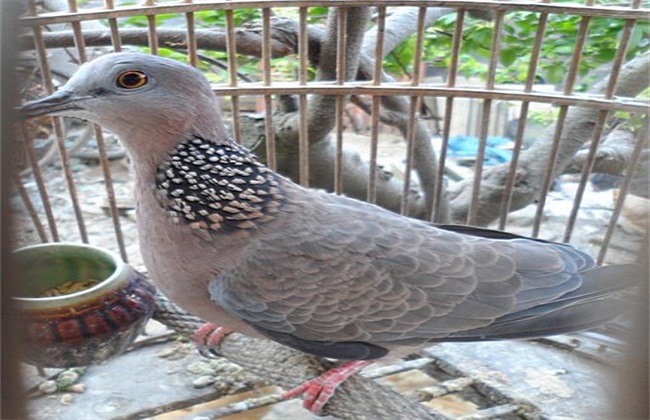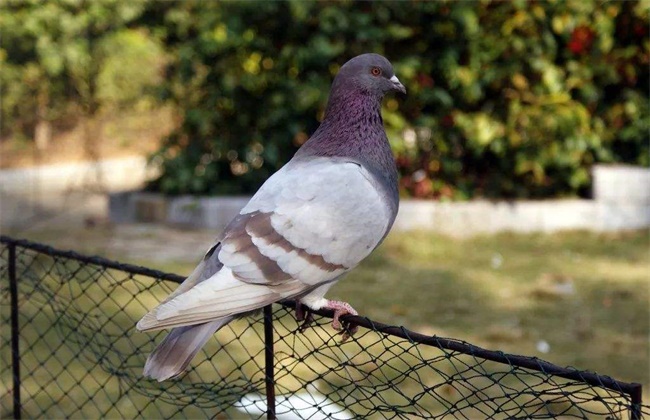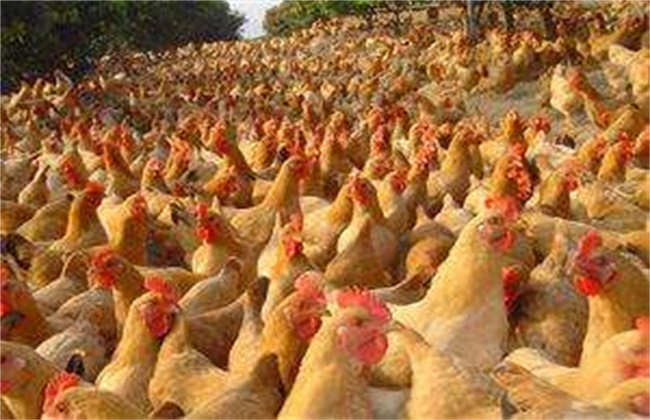What do you need to pay attention to when breeding turtledoves?
Turtledoves are a kind of wild special rare birds. Wild turtledoves are protected by the state and cannot be circulated in the market. However, because the nutritional value of turtledoves is very high, and the meat of turtledoves is also very tender and delicious, it is also used as a kind of artificial breeding project to get rich. So what problems should be paid attention to when raising turtledoves? Let's take a look at it with the editor.

1. Seed selection
There are many kinds of turtledoves, so we have to choose the right species of pigeons, which is very important for turtledove breeding. Generally speaking, we will choose the one with a smaller head, which makes turtledoves more flexible. The second is to choose pigeon species with good feeding, relatively mild, strong reproduction and strong resistance. There is the state clearly stipulated that the market can not be circulated turtledove varieties should not be raised. Finally, choose and buy seedlings to go to the regular base, so that you can have a monitor, and the quality of the selected turtledove seedlings will be relatively better.
2. Density
The density of turtledove culture must be adjusted well, not too dense, otherwise it will affect the healthy growth of turtledoves. In general, turtledoves are in fact similar to pigeons, quails and bamboo pheasants, and their breeding density is basically the same. During the brooding period of turtledoves, more than 100 can be raised in one cage, but when turtledoves reach adulthood, there will be no more than ten to twenty birds in one cage.
3. Feeding
Turtledove feeding is a point that we should pay special attention to. Because the right amount of turtledoves is very small, but it is also easy to digest, so we can not feed at least five times a day like other poultry. The feed is generally corn, rice, wheat, vegetables, forage and so on, so we can grow and raise ourselves, which can ensure the quality of the feed. Finally, we should pay attention to water feeding, but the amount of water fed each time should not be excessive, otherwise the turtledove will swim in the water and it is very possible to cause a cold.
4. Hygiene
In the process of breeding turtledoves, the sanitary cleaning of the breeding environment is also very important, which is often ignored by many people. In general, we use double-layer aquaculture cages to facilitate our sanitary cleaning. When you are not busy, it is best to clean up every other day and thoroughly disinfect the culture environment every half a month or so.
5. Lighting
In breeding, we must make sure that the breeding area has enough light. After the turtledove has just hatched, we need to make sure that the indoor light duration is 24 hours, so we need to use fluorescent lamps for lighting. After the turtledove is five days old, the duration of light can be reduced, generally controlled at about 16 to 18 hours a day. After the turtledove is 15 days old, we can reduce the amount of light by one hour a day until the light returns to normal.
6. Ventilation
We also need to pay attention to ventilation in the culture environment of turtledoves to maintain the ventilation in the breeding room. Because in the process of breeding, there will inevitably be indoor damp phenomenon, so the need for ventilation to keep the environment dry. Secondly, if the room is not ventilated for a long time, the environment will become worse, which is also prone to disease, affecting the normal growth of turtledoves. We usually keep six to eight hours of ventilation every day, or about two hours when the weather is cold.
If we want to raise turtledoves well, the most important thing is to improve the breeding technology of turtledoves. However, before improving the breeding technology of turtledoves, we should master these basic points for attention, so that the output and quality of turtledoves can be basically guaranteed.
Related
- On the eggshell is a badge full of pride. British Poultry Egg Market and Consumer observation
- British study: 72% of Britons are willing to buy native eggs raised by insects
- Guidelines for friendly egg production revised the increase of space in chicken sheds can not be forced to change feathers and lay eggs.
- Risk of delay in customs clearance Australia suspends lobster exports to China
- Pig semen-the Vector of virus Transmission (4)
- Pig semen-the Vector of virus Transmission (3)
- Five common causes of difficult control of classical swine fever in clinic and their countermeasures
- Foot-and-mouth disease is the most effective way to prevent it!
- PED is the number one killer of piglets and has to be guarded against in autumn and winter.
- What is "yellow fat pig"? Have you ever heard the pig collector talk about "yellow fat pig"?



